resin on unfinished pine
john_al
16 years ago
Related Stories
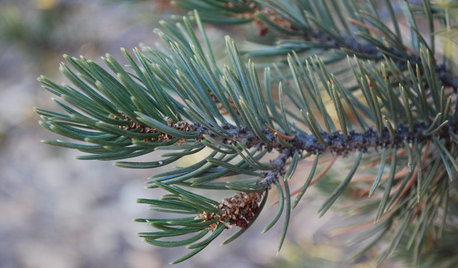
TREESGreat Design Plant: Pinyon Pine
You might just go nuts for this tough evergreen native to the Western U.S.
Full Story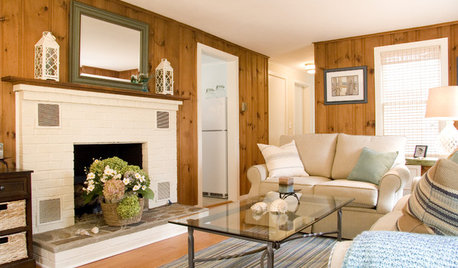
WALL TREATMENTSThese Are Not Your Grandfather’s Pine Walls
The knotty look went from popular to pariah in years past, but today’s designers are finding new and stylish ways to embrace it
Full Story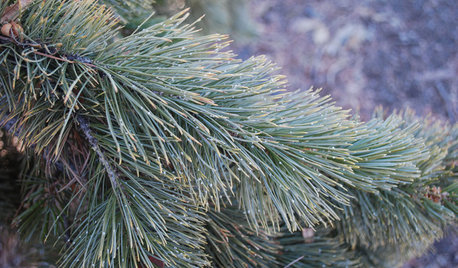
GARDENING GUIDESGreat Design Plant: Rocky Mountain Bristlecone Pine
Try this drought-tolerant small evergreen for its sculptural beauty and slow-growing nature
Full Story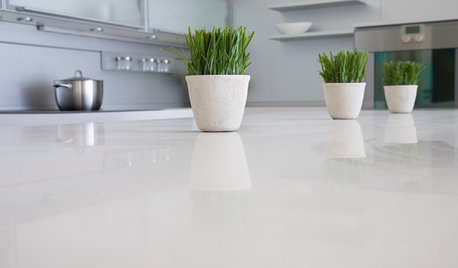
KITCHEN DESIGNKitchen Counters: Stunning, Easy-Care Engineered Quartz
There's a lot to like about this durable blend of quartz and resin for kitchen countertops, and the downsides are minimal
Full Story
REMODELING GUIDESYour Floor: An Introduction to Solid-Plank Wood Floors
Get the Pros and Cons of Oak, Ash, Pine, Maple and Solid Bamboo
Full Story
WOODKnotty and Nice: Highly Textured Wood Has a Modern Revival
Whether it's cedar, fir or pine, if a wood has a knot, it's hot
Full Story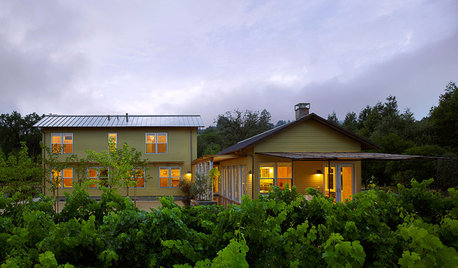
HOUZZ TOURSHouzz Tour: Warm Minimalism in the California Wine Country
Mixing yellow pine and lots of sunshine with a simple design, this vineyard getaway is just right for its site
Full Story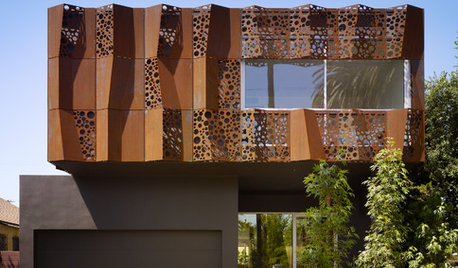
CONTEMPORARY HOMESHouzz Tour: Dappled Light Inspires Artistic Wrapping
Cor-Ten cut with circles mimics the effect of a massive pine tree’s canopy, for a striking look inside and out
Full Story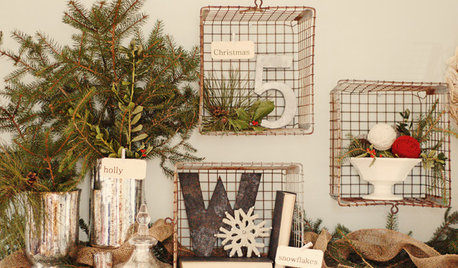
HOLIDAYSHave Yourself a Rustic Christmas
Conjure a Yuletide on the prairie with plentiful greenery and other country-style holiday decorations
Full Story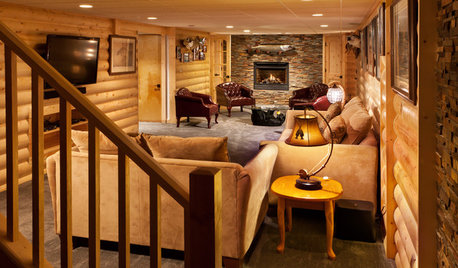
BASEMENTSBasement of the Week: Fishing-Focused Spaces Lure the Family In
This rustic retreat hosts the dad's hobby miscellany, but the entire family has caught on to the appeal
Full StorySponsored
Industry Leading Interior Designers & Decorators in Franklin County
More Discussions








ericwi
john_alOriginal Author
Related Professionals
Prior Lake Cabinets & Cabinetry · Prospect Heights Cabinets & Cabinetry · Maryland Carpenters · Mokena Carpenters · Norfolk Carpenters · Whitney Carpenters · Belvedere Park Flooring Contractors · Burr Ridge Flooring Contractors · Eldersburg Flooring Contractors · Mahwah Flooring Contractors · Mount Vernon Flooring Contractors · Riverbank Flooring Contractors · Hawthorne Furniture & Accessories · Park Ridge Furniture & Accessories · Channahon Handymanericwi
brickeyee
sombreuil_mongrel
john_alOriginal Author
Stocky